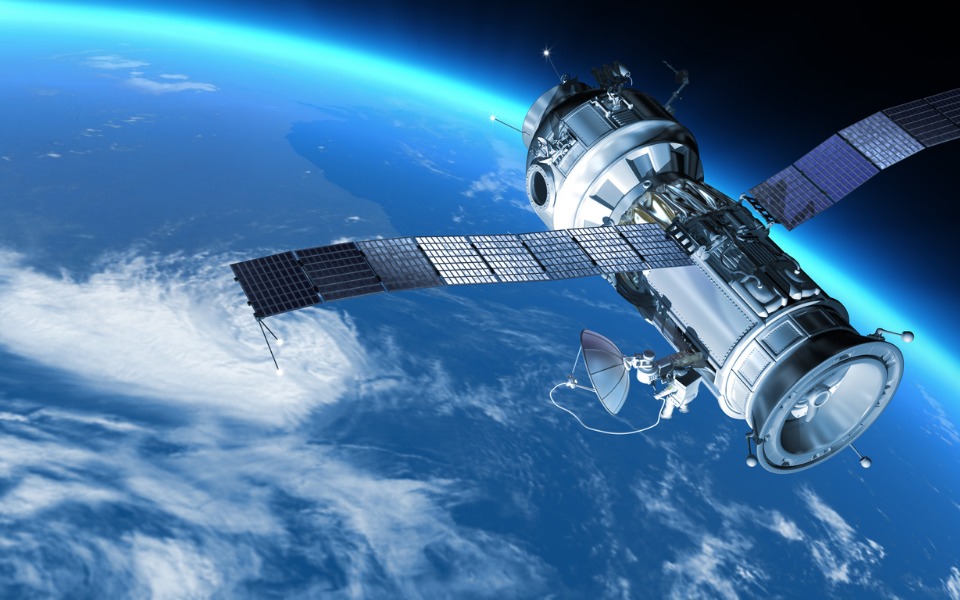
China's experimental space lab to re-enter atmosphere on July 19

China’s experimental space lab Tiangong-2 is expected to leave the orbit and re-enter the atmosphere on July 19, China Manned Space Engineering Office (CMSEO) announced on Saturday (July 13).
Most of the spacecraft will be burnt up in the atmosphere, and a small amount of debris is expected to fall in the safe sea area in the South Pacific, CMSEO, which manages China’s human spaceflight endeavours, said. Tiangong-2, an improved version of Tiangong-1, is China’s first space lab in the real sense.
It was launched on September 15, 2016 to test advanced life support, refueling, and resupply capabilities via the crewed Shenzhou-11 and uncrewed Tianzhou-1 cargo missions. This was done in preparation for constructing a large, modular space station in low Earth orbit.
China plans to launch a permanent space station by 2022. The space lab has worked in the orbit for over 1,000 days, much longer than its two-year designed life. Comprising an experiment module and a resource module, Tiangong-2 has a total length of 10.4 metres, a diameter of 3.35 metre, the largest so far, and a take-off weight of 8.6 tonnes.
All the experiments in the space lab have been completed. The spacecraft and the instruments on it are functioning well, CMSEO said. Preparations for the controlled re-entry of Tiangong-2 into the atmosphere are proceeding steadily as planned, it said.

